

Wir sind das Besucherbergwerk im Roteisenstein zwischen Lahntal und Westerwald.
Wir nehmen dich mit in die Welt unter Tage! Tickets kannst du jetzt schon online buchen.
Entdecke unser Bergwerk mit Bergbaumuseum und Mitmachangeboten für Kinder sowie das angrenzende Feld- und Grubenbahnmuseum.
Zu einer Pause lädt die Grubengaststätte „Zum Zechenhaus“ ein, wo du mit zünftigen Speisen und Getränken versorgt wirst!
Ich freue mich auf Deinen Besuch.
Dein Alfred, die Grubenlampe
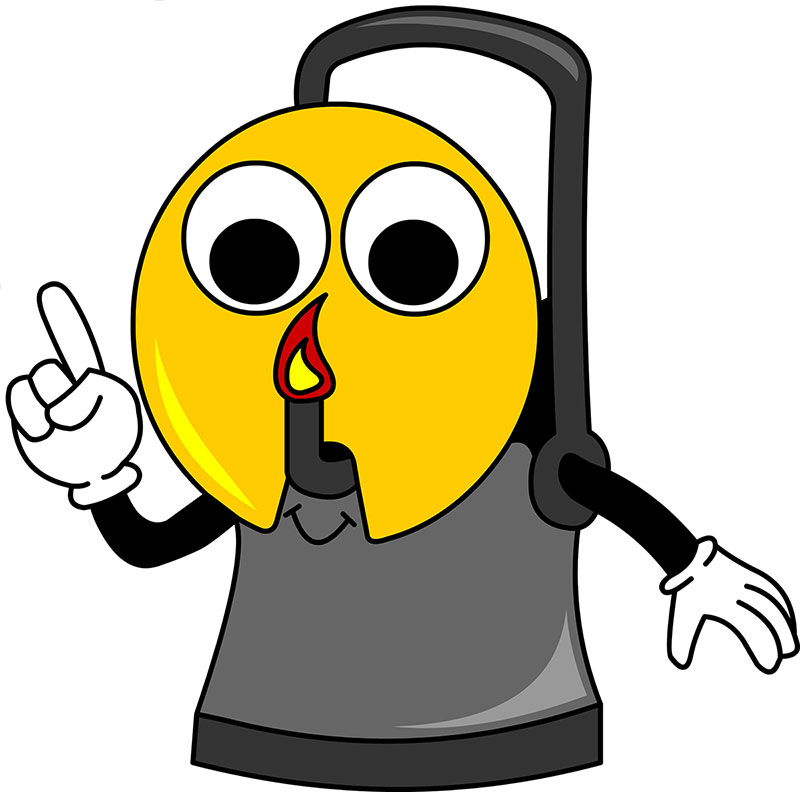
Sperrung der B49 zwischen den Anschlussstellen Wetzlar-Dalheim und Wetzlar-Ost in beiden Fahrtrichtungen. Zeitgleiche Wochenendsperrung zwischen Gießen-Kleinlinden und Gießen-Bergwerkswald in Fahrtrichtungen der A485. Bitte empfohlene Umleitungen nutzen!
Aus Richtung Limburg kommend nimm bitte die Abfahrt Solms/Oberbiel und fahre durch Oberbiel bis zum Sporthaus Kaps. Danach folge der Beschilderung zu uns. Aus Richtung Wetzlar kommend bitte die verlegte Abfahrt Oberbiel beachten.
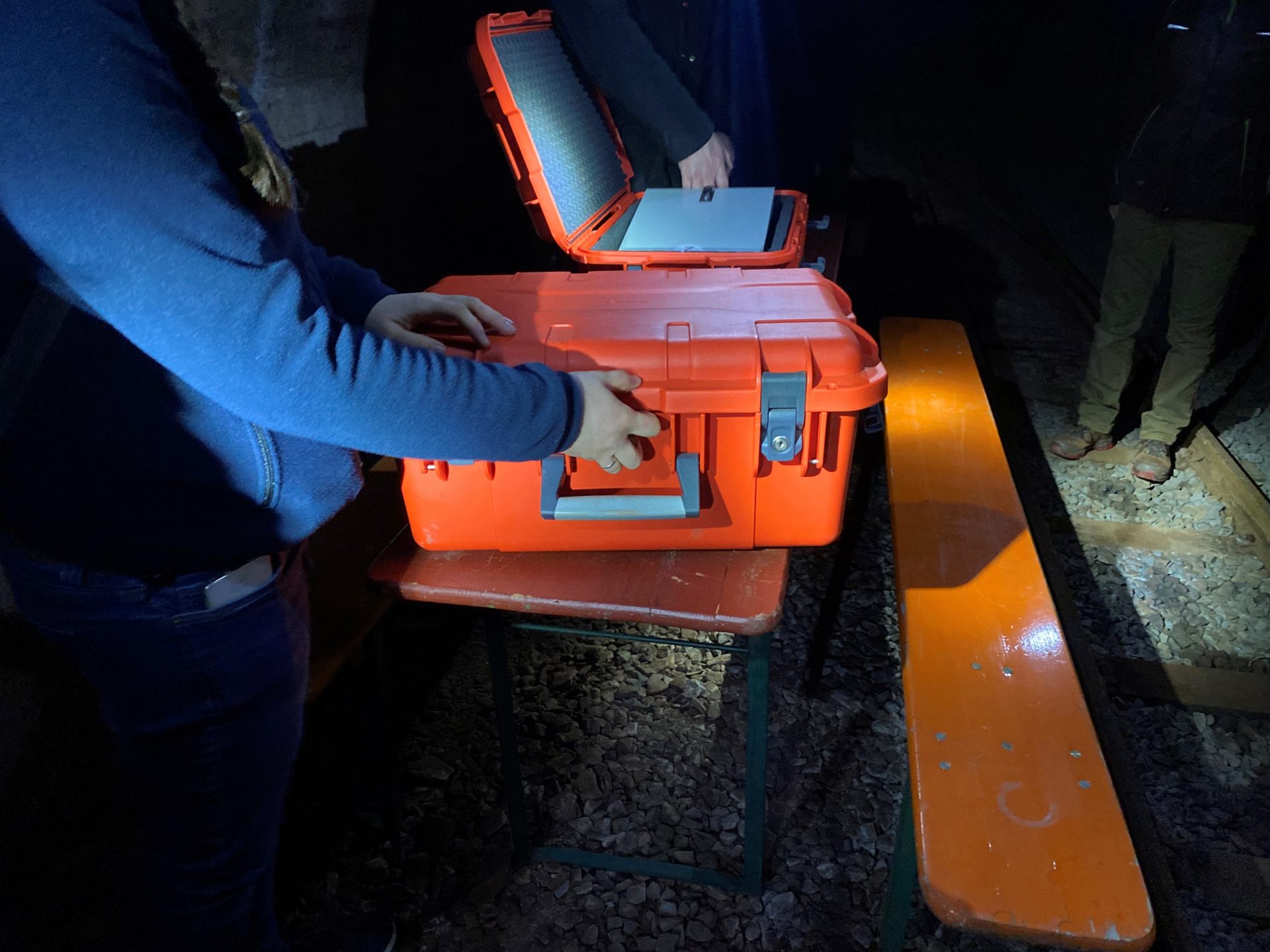
ESCAPE GAME
Unsere spannende Escape Tour auf dem Zechengelände und auf Stollensohle für Erwachsenengruppen ist ab sofort für Besuchergruppen buchbar!
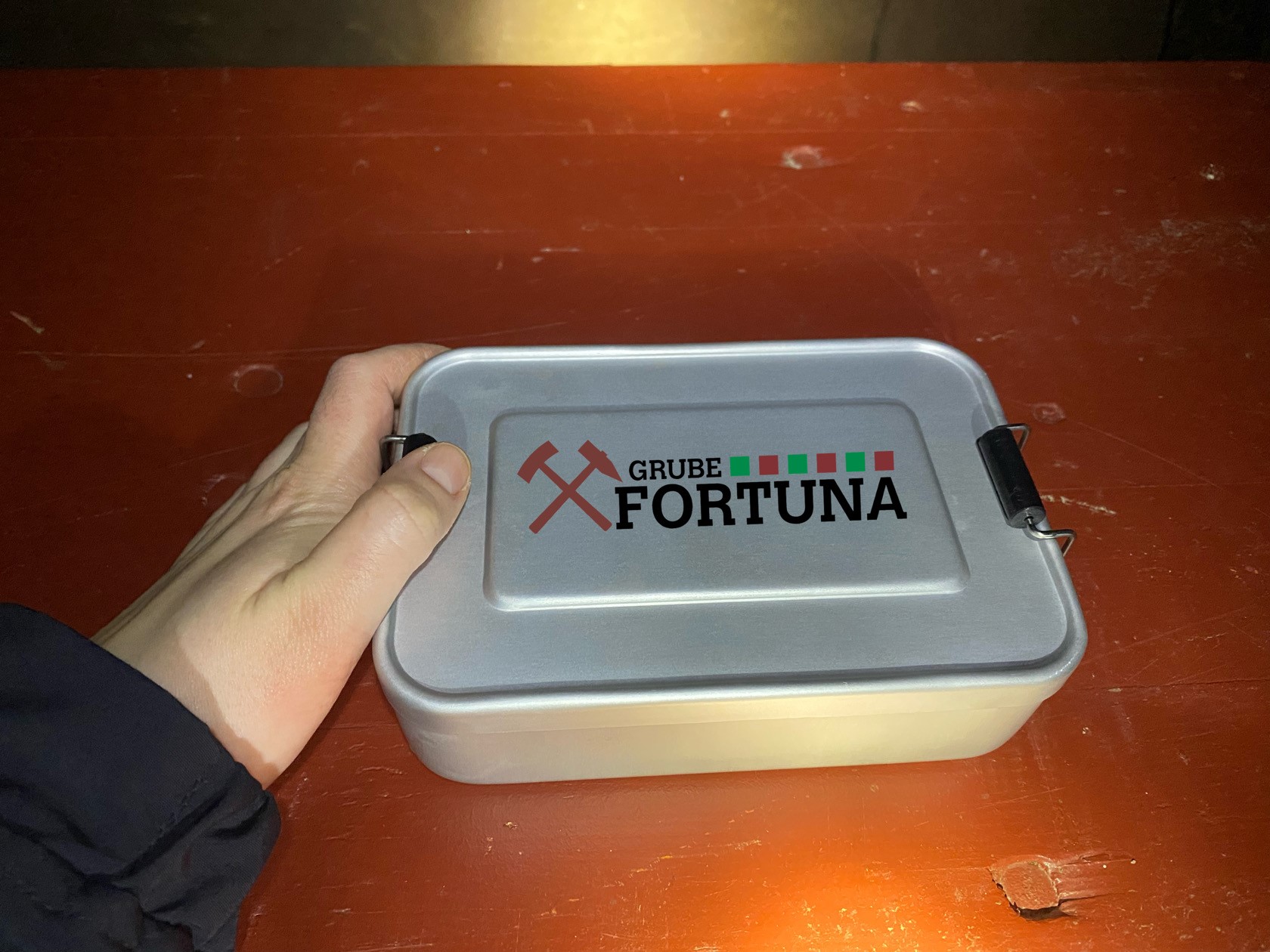
Grubenvesper
Bald gibt es eine Führung auf Stollensohle mit anschließendem Grubenvesper – für Gruppen buchbar auf Anfrage!

Stollensohle für kleine und große Entdecker
Führung auf Stollensohle für Familien mit Kindern ab 2 Jahren an Ostermontag – weitere Termine auf Anfrage!
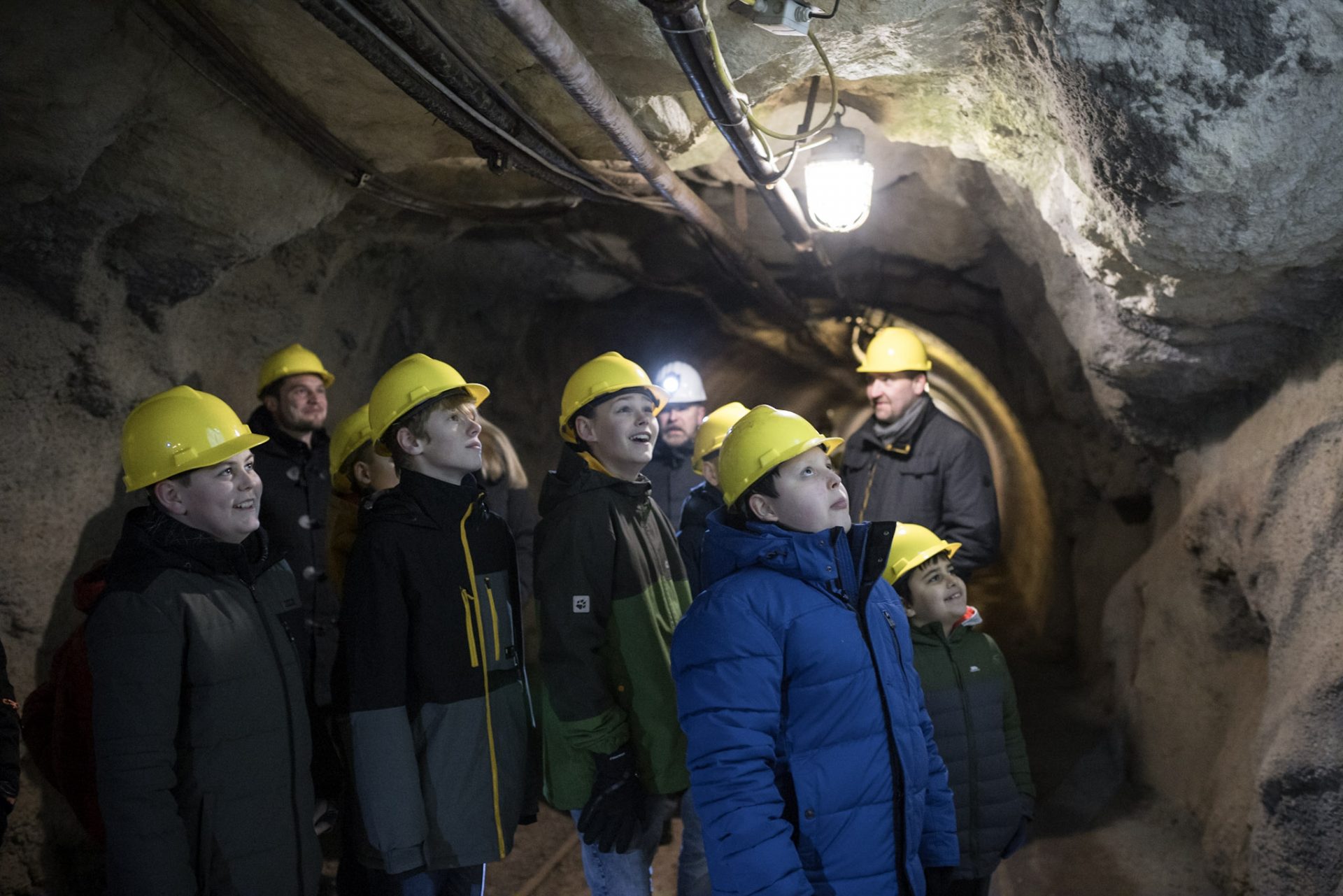
Kindergeburtstag im Bergwerk feiern
Schatzsuche auf Stollensohle für Kinder ab 3 Jahren sowie verschiedene andere Aktionen! Optional Seminarraum zubuchbar

Fahrtage, Mettenschichten & mehr
Alle Events in der Grube Fortuna und im Feld- und Grubenbahnmuseum findest Du in unserem Eventkalender.
Tickets für Grubentouren gibt’s in unserem Tourenplaner!

Schau einfach in unserem Touren-Planer nach,
wann Plätze für Grubentouren frei sind.
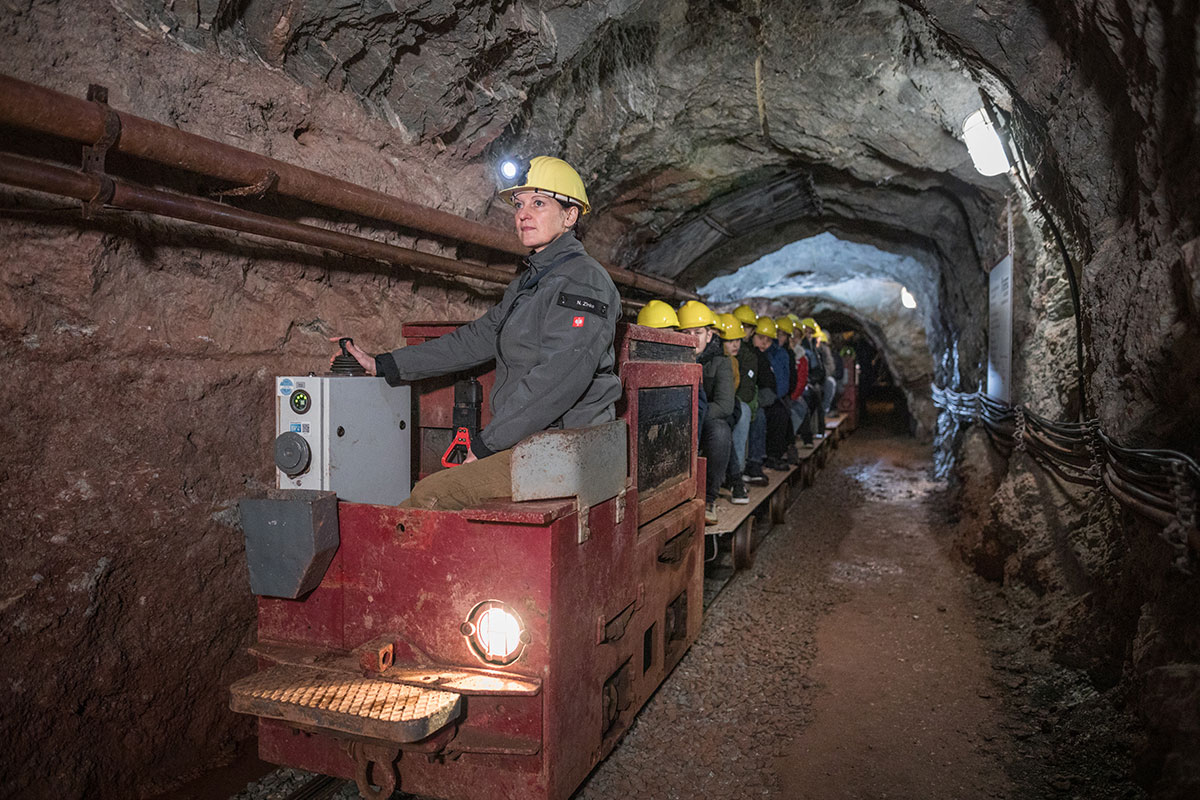
Bergwerkstouren unter Tage mit Förderkorb und Grubenbahn.
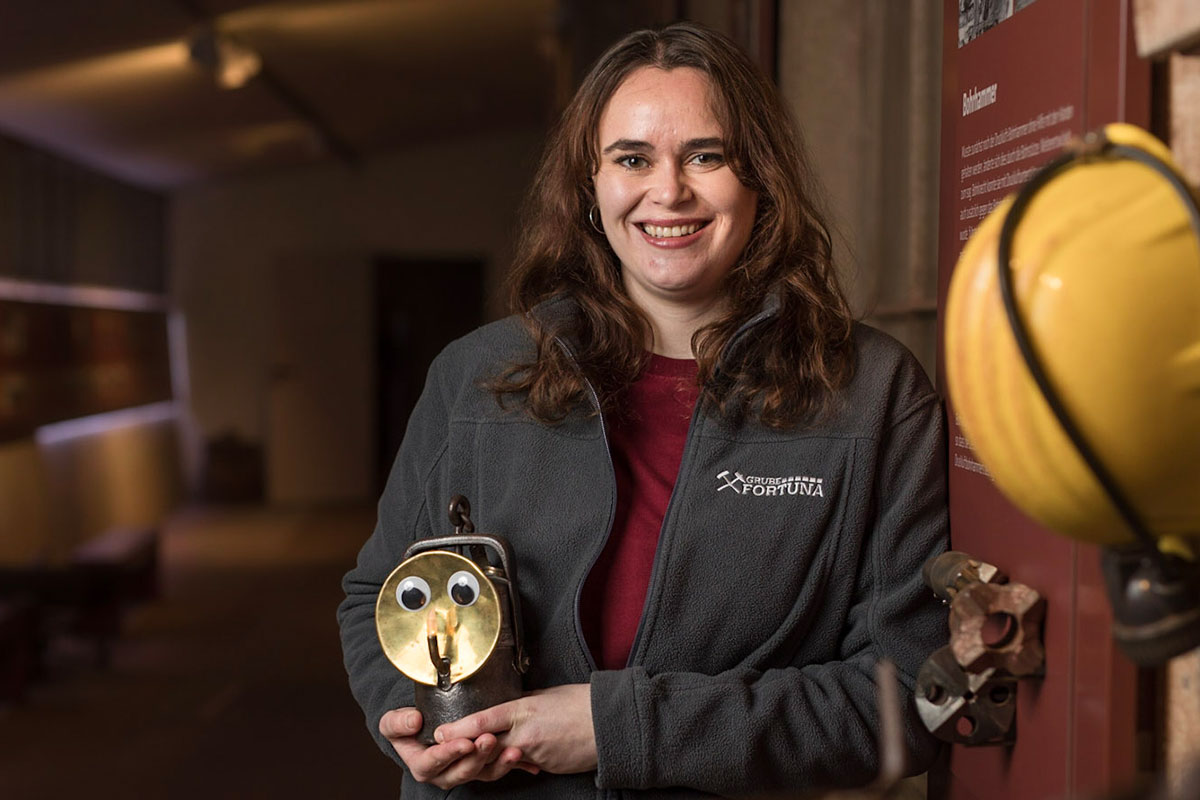
Ein besonderer außerschulischer Lernort rund ums Eisenerz.

Für Abenteurer: Entdecke die eher abgelegenen Orte des Bergwerks.

Ein Besuch bei uns ist wetterunabhängig.
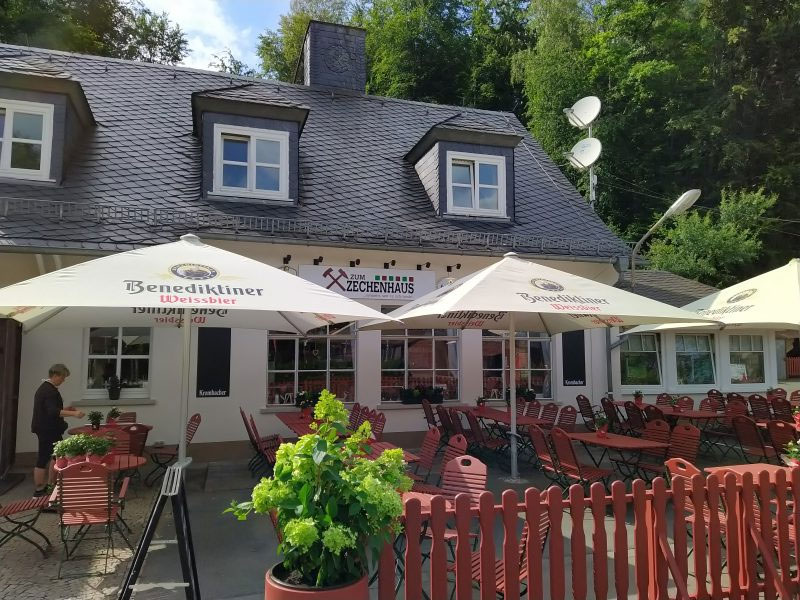
Die Grubengaststätte mit Biergarten verwöhnt mit Speisen und Getränken.
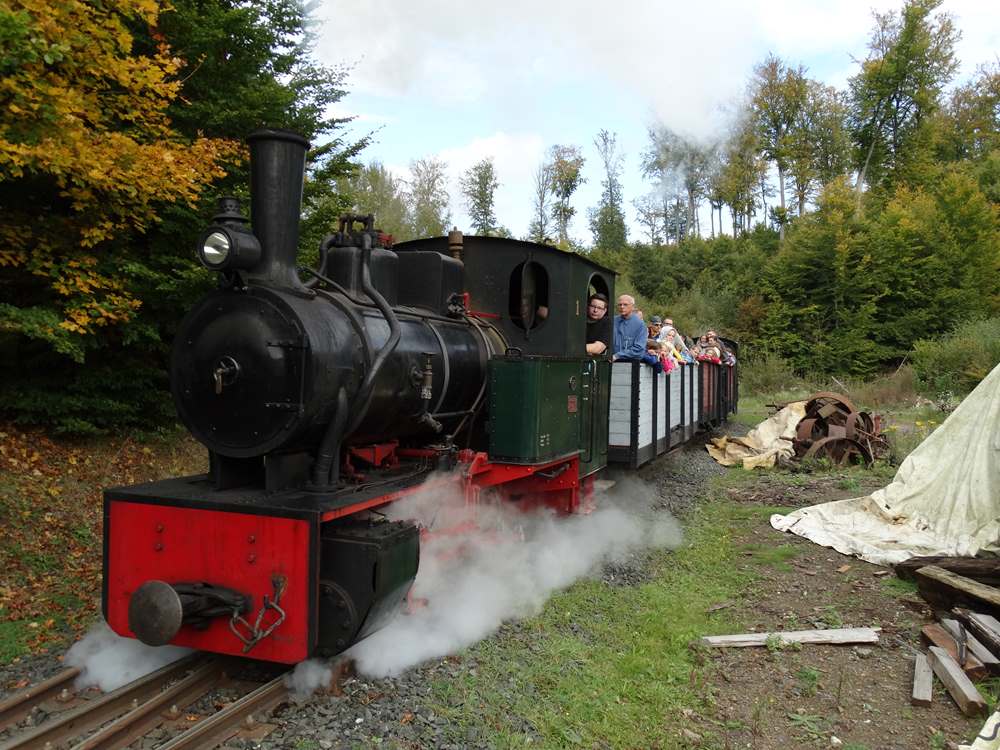
Besuche auch das angrenzende Feld- und Grubenbahnmuseum des Fördervereins Fortuna.

Wandere über die beliebte Bergmannsroute zu unserem Bergwerk.

Wie wäre es mit einem echten Abenteuer?
Eine Grubentour in unserem Besucherbergwerk!